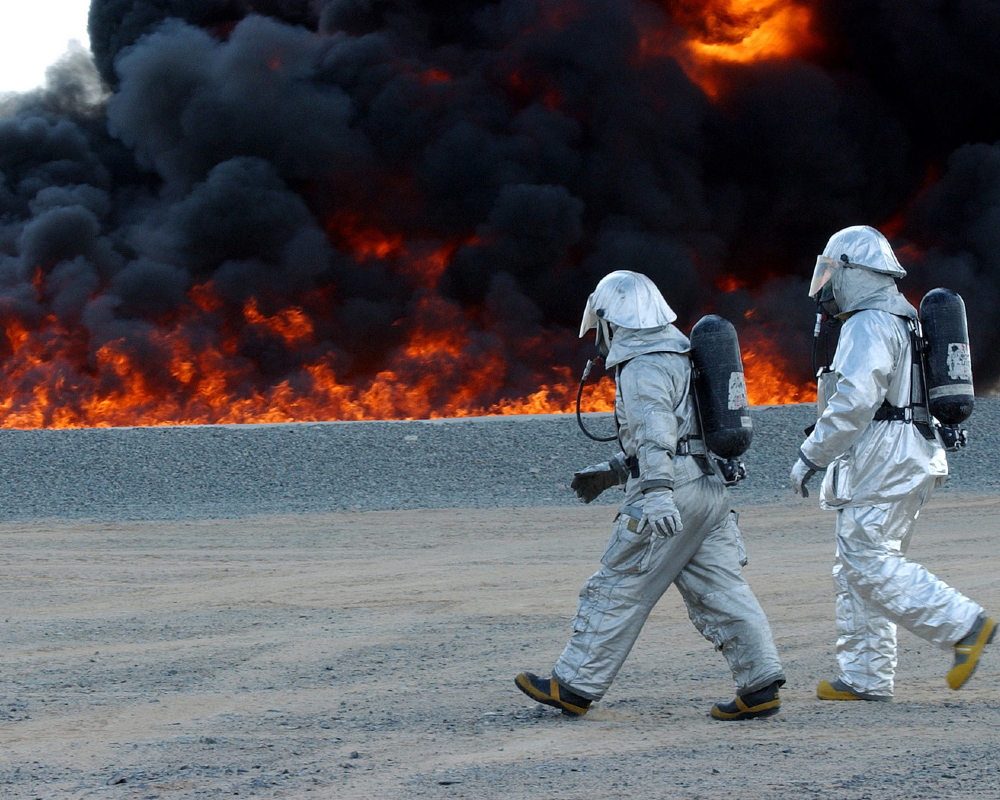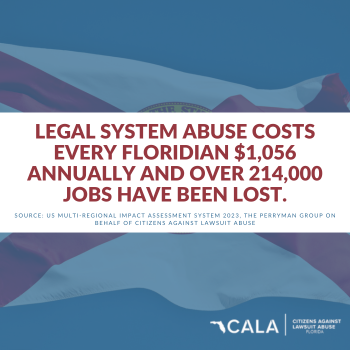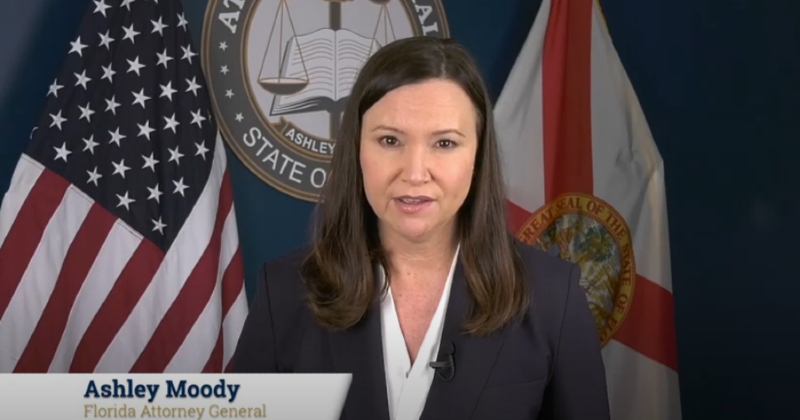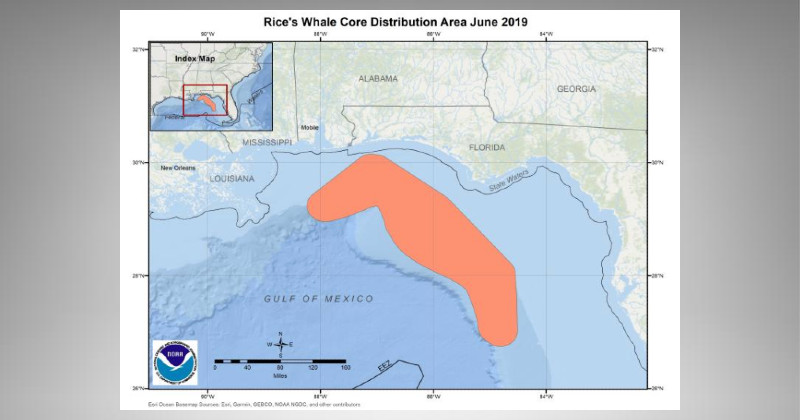By now, it’s a known fact that veterans in the United States face a high risk of developing serious illnesses as a result of toxic exposure. Even non-combat veterans are at risk of being exposed to toxic substances. Almost all veterans have used hazardous or toxic products at some point during their service, whether during training, work duties, or on the base. And this exposure could have led to injury or illness years later.
Although the majority of these veterans seek VA disability benefits and health care for their conditions, the VA frequently denies their claims on the grounds that they lack sufficient evidence. However, two major pieces of legislation have recently been introduced in Congress. These companion bills would provide one of the most comprehensive expansions of health care eligibility in VA history, extending VA disability and health care benefits to veterans of all eras suffering from toxic exposure-related health issues.
Understanding the link between toxic exposure and military service
Invariably, military personnel will be exposed to a variety of toxic substances, regardless of time, grade, or job specificity. The risk of toxic exposure is inherent in military service and is accepted as part of the culture; however, understanding the sporadic nature of toxic exposure and its impact will aid in proactively identifying and mitigating risk.
Although these days we primarily see news regarding toxic exposure caused by burn pits, the issue isn’t limited to just that and the current generation of veterans. Toxic exposure has been linked to military service for more than a century. In WWI, troops were exposed to gas, in WWII to radiation, in Vietnam to Agent Orange, in the Gulf War to oil fires, and in Iraq and Afghanistan to environmental risks.
Between the 1900s and the 1980s, asbestos was extremely common in the United States military because it had very convenient properties. While manufacturers of asbestos and asbestos products were aware of the dangers of exposure since the 1920s, they chose to keep consumers and the general public in the dark about this matter for financial gain.
The United States Navy was the branch of the military that made the most extensive use of asbestos. A typical ship would contain over 300 different asbestos products. As a result, exposure to asbestos was virtually unavoidable for military personnel serving in the Navy, regardless of their position.
However, it is critical to recognize that other toxic agents were also used in the US military, contributing to the development of terrible diseases among veterans. Prior to 1980, when proper regulations were finally enforced, people serving in the US military were routinely exposed to a variety of toxic substances such as silica dust, PCBs, agent orange, lead, radiation, and so on, putting veterans at a high risk of developing serious diseases. And, while the likelihood of asbestos exposure was higher in the Navy, this does not mean that veterans serving in other branches such as the United States Air Force, United States Marine Corps, United States Army, and United States Coast Guard were immune to toxic exposure in various forms.
Aside from direct exposure to the toxic agents mentioned above, many active service members and their families deployed to live on military bases have been subjected to toxic exposure, some without even knowing it. At some of these bases, it was common practice to dump industrial wastewater and potentially radioactive toxic chemicals into storm drains. The United States Environmental Protection Agency has designated these military bases and installations as Superfund sites, indicating that they are among the most hazardous areas in the country and require immediate and intensive cleanup. According to the US Department of Defense, over 600 military sites of this type may be contaminated with hazardous chemicals such as Acetone, Benzene, Tetrachlorocarbon, Trichloroethylene (TCE), and Perchloroethylene (PCE).
What type of diseases could toxic exposure lead to
According to estimates from the World Health Organization and the International Agency for Research on Cancer, exposure to both manufactured and natural toxins is responsible for between 7 percent and 19 percent of all human cancers. When a person is exposed to a toxic agent, it can affect virtually every system in the body, resulting in both short-term and long-term health consequences. Inhalation is the most common way for a chemical to enter the body as well as ingestion and direct contact with the skin.
The main issue is that diseases that develop as a result of toxic exposure are not only difficult to identify, but their source is frequently difficult to pinpoint because they can take up to 20 years to develop after exposure. For example, asbestos-related diseases which are more common among older veterans can take anywhere between 15 to 30 years to develop, and sometimes even more. Asbestos fibers generally tend to accumulate in the lungs after inhalation and can progress into diseases such as asbestosis, lung cancer, or mesothelioma but can also accumulate in other parts of the body leading to diseases such as gastrointestinal cancer, colorectal cancer, and esophageal cancer.
Similar to asbestos, diseases caused by other toxic agents such as PFOAS (from firefighter foam), agent orange, benzene, PCE, and TCE, as well as other hazardous chemicals, can take a long time to develop and can affect veterans regardless of their level of exposure. The most common diseases associated with exposure to these types of toxic agents are lung cancer, pancreatic and liver cancer, testicular cancer, ovarian cancer, Parkinson’s disease, suppressed immune system, non-Hodgkin’s lymphoma, and leukemia.
Many veterans who served in the 1990s and post-9/11 wars have been diagnosed with cancers, respiratory problems, and lung diseases at a young age, which are thought to be the result of exposure to toxic substances such as fumes released from open-air burn pits.
At one point, most of the major bases in Iraq and Afghanistan used burn pits, and conflicts in the Middle East saw the burning of oil fields, a toxic hazard from which many service members were unable to escape.
How the new initiatives could improve things for veterans
Under the Biden administration work has started to improve the disability claims process for veterans suffering from illnesses linked to toxic exposure, such as respiratory disease and lung cancer, and to make it easier for them to connect with specialists who can treat them.
For example, earlier this year the Comprehensive and Overdue Support for Troops of War Act of 2021, also known as the COST of War Act, was introduced which is part of a larger effort to help veterans who have been exposed to toxic substances. If passed, these bills would automatically grant 3.5 million veterans of the Iraq and Afghanistan wars eligibility for VA health care. They would also reform VA’s current process for handling toxic exposure claims, add new conditions to the presumptive list for toxic exposure, amongst other things. Some of these changes would be:
● Creating a consistent system for establishing new service connections between a condition and toxic exposure based on medical and scientific evidence.
● Ensuring that veterans do not have to wait years for their benefits
● If the initial evidence is insufficient to establish a direct service presumption, the VA must provide veterans with a toxic exposure exam and medical opinion.
● Requiring VA to respond publicly within 60 days to recommendations to establish presumptions.
Both the Senate and House bills include provisions for veterans over the age of 65. Presumptive benefits are proposed for Vietnam War veterans who developed hypertension or monoclonal gammopathy of undetermined significance (MGUS) as a result of chemical herbicide exposure.
This would apply to veterans who served in Vietnam, Thailand, Laos, Guam, Cambodia, and American Samoa and may have been exposed to herbicides, as well as veterans who participated in toxic cleanup activities in Enewetak Atoll or Palomares, Spain and the Pacific Ocean in the 1970s.
Also, as part of the new efforts, the VA may add new conditions to existing lists of service-related illnesses. According to the VA, the new process is especially appealing for claims for constrictive bronchiolitis, lung cancers, and rare respiratory cancers such as squamous cell carcinoma of the larynx or trachea, as well as salivary gland-type tumors.
In addition, the VA will launch a public awareness campaign to draw attention to a new hotline for veterans and physicians to learn more about military environmental exposures.
The administration also intends to shorten the timeline for implementing the Individual Longitudinal Exposure Record, a system for tracking service members’ exposures throughout their military careers that are currently scheduled to begin in 2023, though officials did not provide a time frame. In addition, the administration will request that Congress extend the period of eligibility for health care for Iraq and Afghanistan veterans from five to ten years after military discharge.
These changes would be extremely beneficial for veterans that are currently suffering as a result of toxic exposure, and one can only hope that things within the congress will move forward as fast as possible and provide much-wanted relief to veterans and their families.
Jonathan Sharp is the CFO of Environmental Litigation Group P.C., a law firm in Birmingham, Alabama, that helps veterans and families struggling with respiratory health problems due to occupational asbestos exposure.













